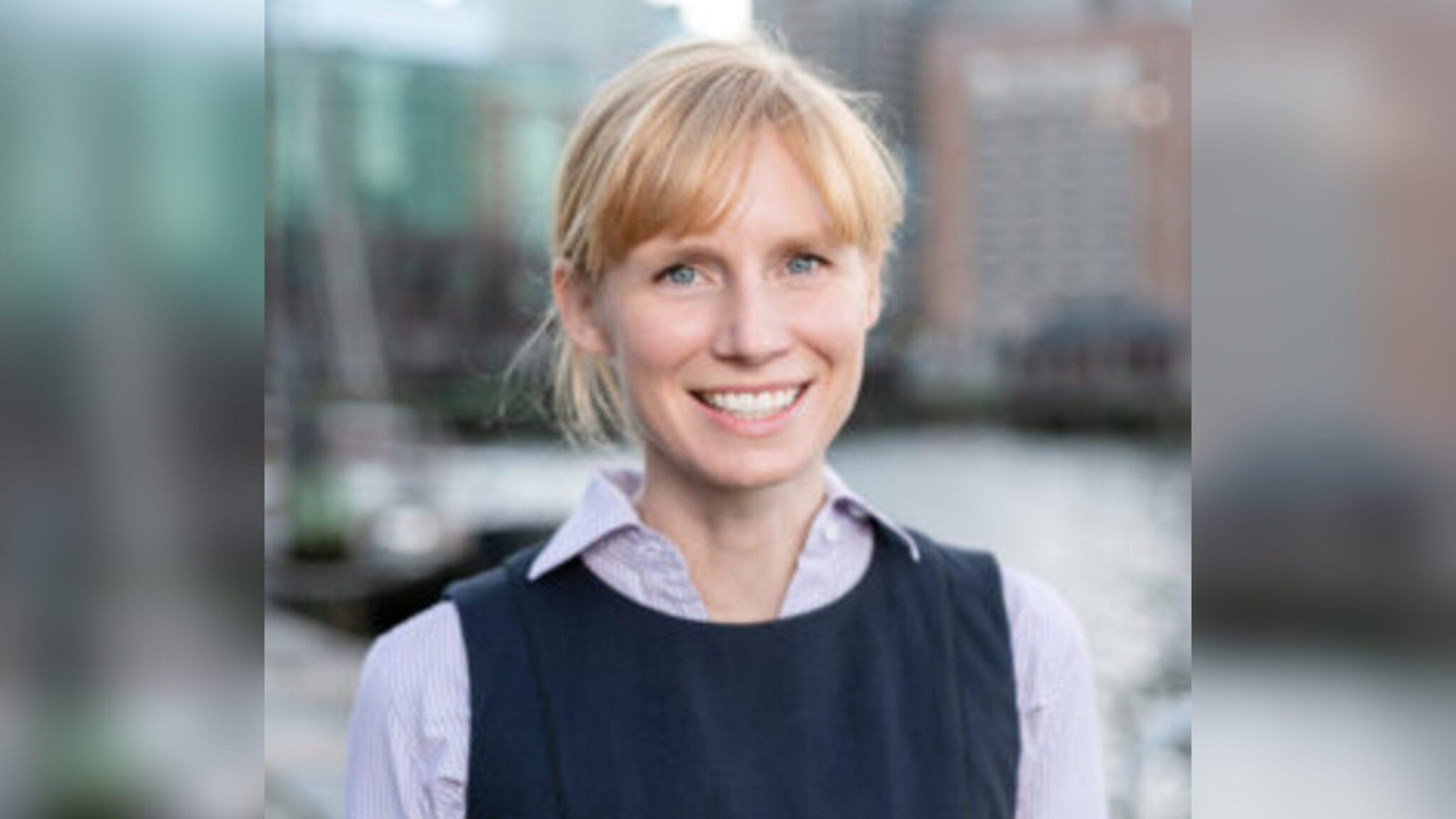
CEO Virginia Burger (New Equilibrium Biosciences)
Betting early on an AI niche, RA Capital seeds a young founder's quest to unlock 'Holy Grail' targets
Artificial intelligence, with its grandiose claims and sweeping promises to revolutionize drug discovery, may seem omnipresent in biopharma now. But Virginia Burger and RA Capital …
Sign up to read this article for free.
Get free access to a limited number of articles, plus choose newsletters to get straight to your inbox.